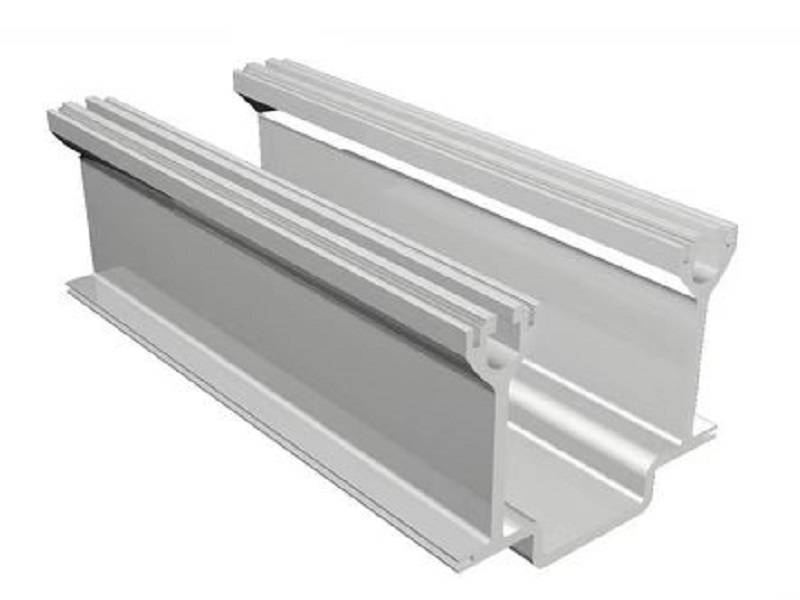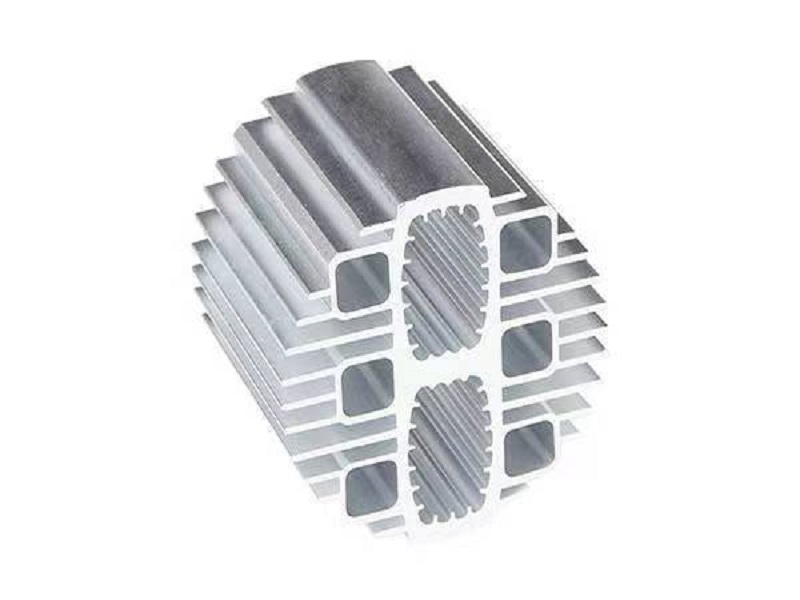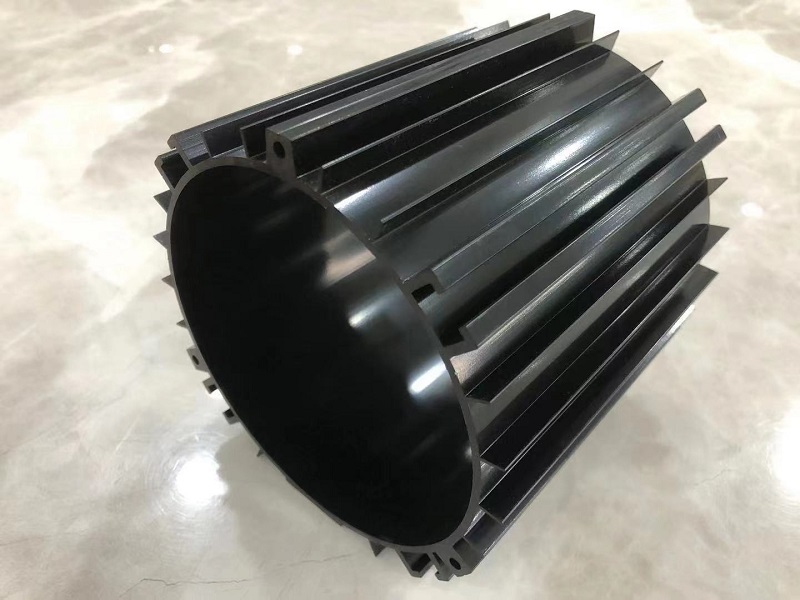


Aluminium extrusion is widely used in construction, automobile and aircraft manufacturing, industrial machinery and consumer goods.Extrusion is a process used to make aluminium lengths with fixed cross section profiles. By extrusion, very complex cross sections can be produced with excellent strength and surface finish.The aluminium extrusion process works by forcing a piece of metal, called a blank, through a die opening with a smaller cross-sectional area than the blank itself.
The aluminium extrusion process itself is much like the old Play-Doh Shape Maker. When you squeeze the Play-DOH through the press, the outgoing flow will take the shape of the selected die. Similarly, the extruded aluminium takes the shape of a die opening. Using powerful hydraulic presses capable of applying up to 15,000 tons of pressure, aluminium can be extruded into any shape you can imagine.
There are two main methods of aluminum extrusion:
Direct extrusion is the most important and widely used method in aluminium extrusion. In direct extrusion, the die head remains stationary and the billet is forced through the die using a moving punch.
Direct extrusion is commonly used to make solid bars, bars, and hollow tubes. The mold design can be modified to produce a variety of solid and hollow sections.
In direct extrusion, it is the blank that moves. In indirect extrusion, the billet remains stationary and the plunger moves the die to apply pressure in the stationary billet. The advantage of keeping the blank at rest is that friction is kept to a minimum.
Design the cross section shape before the extrusion begins. The shape and characteristics of the extruded metal are carefully calculated to maximize function, facilitate assembly, reduce weight, and minimize finishing costs. The unique characteristics of aluminium make it a cost-effective product with superior functionality and excellent finish.

Compared with other metals, extruded aluminium has many advantages. Some metals can match some of the desirable properties of aluminium, but no metal can match all of these advantages at once.
The benefits of aluminium profiles are many, including:


For Further Details,Please Feel Free To Contact Us: